I become kind of fanatic when it comes to take pictures. I want to capture cool, breath-taking, funny, athletic, you name it moments! That’s why I did some research and collected some insights and tips for poses for volleyball pictures.
Taking pictures is not only to hold on history it’s more about story telling and creating good memories. So let’s start with our tour on poses for volleyball pictures.
Equipment Essentials
Capturing dynamic poses for volleyball pictures requires the right gear. Let’s make sure we have the essentials to freeze those perfect moments in time.
Choosing the Right Camera
When it comes to volleyball photography, not just any camera will do. We need one with a fast autofocus system that can keep up with the action. A DSLR or a mirrorless camera with excellent continuous shooting mode is paramount to nail those shots. Look for cameras that offer a high number of frames per second (FPS), so we never miss a beat.
Selecting Lenses for Volleyball Photography
The lenses we choose can make a massive difference in how our volleyball photos turn out. For capturing the full court and more players in one frame, a 24-70mm f/2.8 mid-range lens is versatile and essential. However, to zoom in on the action and player expressions, a 70-200mm f/2.8 telephoto zoom lens is a great option. For a wider perspective, a 16-35mm f/2.8 wide-angle lens is also beneficial for those expansive shots that include the entire gym or beach volleyball setting.
Understanding Shutter Speed
Shutter speed is critical in volleyball photography because it affects how motion is captured. To freeze the action and retain sharpness in our photos, we’ll need a shutter speed of at least 1/800th of a second. Some photographers might even push it to 1/1000th or faster to ensure the ball is crisp and clear, even when it’s soaring at top speed over the net. Remember, in a dimly lit gym, balancing shutter speed with ISO and aperture will be key to achieve the perfect exposure.
Fundamentals of Volleyball Photography
When we’re aiming to capture those dynamic poses for volleyball pictures, we want to understand the fundamentals. It’s all about freezing the action and ensuring wide coverage.
Camera Settings for Action Shots
To master action shots in volleyball photography, certain camera settings are key:
- Shutter Speed: A fast shutter speed of at least 1/500s is critical to freeze the players’ motion and the ball’s rapid movement. Anything slower might result in motion blur.
- Aperture: Use a wide aperture (low f-number) to let in more light and focus on players, creating a blurred background that emphasizes the action.
- ISO: Adjust the ISO according to your environment. A higher ISO may be necessary for indoor settings, but keep it as low as possible to prevent noise.
- Focus Mode: Set your camera to continuous focus mode (AI-Servo AF for Canon or AF-C for Nikon) to keep moving subjects sharp.
Positioning for Optimal Coverage
Our positioning as photographers is almost as crucial as the camera settings:
- Court Sides: Position yourself at a lower angle at either side of the court to capture faces and actions from a dynamic perspective.
- Vertical Coverage: If possible, shoot from an elevated stand for a unique view of the net action and to showcase the players’ vertical jumps.
Capturing the Excitement
When it comes to capturing the essence of a volleyball game, knowledge of dynamic poses for volleyball pictures is crucial. Our focus is grabbing the peak action moments that showcase the athleticism and intensity of the players.
Tips for Action Shots
Excitement in volleyball largely comes from the game’s fast-paced nature. To freeze these moments:
- Shutter Speed: Set a fast shutter speed. Speed is key to ensure sharp images, with most photographers opting for at least 1/500th of a second.
- Anticipation: Understanding player positions and game patterns helps us predict where action is likely to happen.
- Lens Choice: Using a telephoto lens enables us to get close to the action even from a distance.
- Continuous Shooting Mode: This mode allows us to capture multiple images in quick succession, increasing the chances of snapping the perfect shot.
If you want to learn more about photography, the right lenses and equipment please check out my friend Luis’ website Lens Mastery.
Photographing Serve and Defense
The serve and the defensive maneuvers in volleyball are fleeting moments that can make compelling photographs.


- Positioning: For servers, a side or slightly behind angle captures the power of the pose, as recommended on Kevin Raposo’s volleyball photography guide. For defense, positioning ourselves near the net captures players’ reactions and blocks.
- Focus Mode: Switch the camera’s autofocus to continuous or AI-Servo mode. This will track the rapid movements more accurately, making sure we don’t miss out on clarity.
- Aperture: Consider a wide aperture. It allows more light and helps isolate the subject with a shallow depth of field, as suggested by Vanguard Volleyball’s tips.
Post-Processing and Editing
When capturing those dynamic poses for volleyball pictures, the magic doesn’t stop at the click of the shutter. Our post-processing and editing phase is where we bring out the best in our images, transforming great shots into exceptional ones.
Basics of Photo Editing
Before diving into the specifics of editing volleyball images, it’s essential to grasp the basics of photo editing. We should always start with adjustments to exposure levels and contrast to ensure our volleyball athletes stand out just as much as their action-packed poses. Next, we tweak the white balance to ensure the colors are true to life, especially important for accurately representing team jerseys.
- Adjust Exposure and Contrast
- Lighten underexposed shots
- Add contrast to make subjects pop
- Correct White Balance
- Ensure true-to-life colors
Enhancing Your Volleyball Pictures

After perfecting the basics, it’s time to put a spotlight on those dynamic poses for volleyball pictures. We enhance muscle definition with some subtle sharpening and clarity adjustments, always being careful not to overdo it. Furthermore, selective saturation can really make certain elements, like the vibrant colors of a volleyball, command the viewer’s attention.
- Sharpen and Clarity
- Increase to bring out details
- Avoid over-sharpening
- Boost Saturation (Selectively)
- Enhance uniform colors
- Keep skin tones natural
Sharing and Promotion
Capturing the perfect poses for volleyball pictures is just the beginning. We’re here to guide you through the most effective ways to share and promote your photographs online. Whether it’s on social media or in your professional portfolio, showcasing your work can grab attention and grow your audience.
Best Practices for Social Media
- Engagement is key: Regularly post your volleyball posing images and interact with your followers. Ask for their thoughts and encourage them to tag friends.
- Use Hashtags Strategically:
- Top Hashtags:
#VolleyballPhotography,#SportsPortraits - Niche Hashtags:
#VolleyballPoses,#VolleyballActionShots
- Top Hashtags:
- Peak Times to Post:
- Instagram: 2 PM – 3 PM on Thursdays.
- Facebook: 1 PM – 3 PM on Weekdays.
Building a Portfolio
- Select Your Standouts: Choose diverse and impactful poses for volleyball pictures that showcase your talent.
- Be Consistent: Ensure that your portfolio is cohesive and reflects your style.
- Online Platforms:
- Your Website: A professional-looking website that is updated regularly.
- Photo Sharing Sites: Accounts on platforms like Pinterest and Getty Images can be very effective for showcasing high-quality images.
My Top 3 Poses for Volleyball Pictures
When we’re aiming to capture the dynamic essence of volleyball in a photograph, it’s crucial to think about how the poses we choose reflect the energy and motion of the game. Here are our top three poses for volleyball pictures that celebrate the spirit of this fast-paced sport.
- The Action Serve
- Pose: Player mid-serve with arm fully extended, eyes focused on the ball.
- Why: Highlights the power and precision in a volleyball serve.
- Tip: Capture from a low angle to emphasize the height of the jump.
- The Strategic Setter
- Pose: Setter preparing for a volley, knees bent, and hands ready.
- Why: Showcases the concentration and swift decision-making of the player.
- Tip: Use a shallow depth of field to keep the setter sharp against a blurred background.
- The Triumph Celebration
- Pose: Team members high-fiving or celebrating a point.
- Why: Reflects the camaraderie and joy of a successful play.
- Tip: A candid shot works best to capture genuine emotions.
FAQs
We all know capturing dynamic poses for volleyball pictures can make or break a sports portfolio. Let’s dive into some of the most asked questions to ensure we get the best shots possible.
How do you take pictures of volleyball players?
To take compelling pictures of volleyball players, we must focus on timing and positioning. Aim to capture action shots during serves, spikes, and digs. Using a fast shutter speed is essential to freeze the action without blur.
Where do you stand for volleyball photography?
Standing at the end of the court or at the corners gives us a strategic advantage. It allows us to capture the players’ faces and emotions, and we can also get a clear view of the entire court.
What is the best angle for volleyball photography?
The best angle often depends on the action. However, shooting from a lower angle can make the players appear more powerful and dynamic. Experimenting with angles from above the net level can also offer compelling shots that emphasize the height and athleticism of the players.
What lens for Volleyball?
For versatility, a 24-70mm f/2.8 mid-range lens is invaluable for its ability to capture both wide shots and zoom in for closer action. Meanwhile, a 70-200mm f/2.8 telephoto zoom lens is a game-changer, providing the range to capture moments from across the court with crystal-clear detail.
We hope you could find some valuable input about poses for volleyball pictures. Tell us something about you: What is your most favorite pose? Have you ever experienced a professional shooting? What tips you’ve got for us?
If you liked this article you also might be interested in our other posts about Volleyball Facts and Insights.

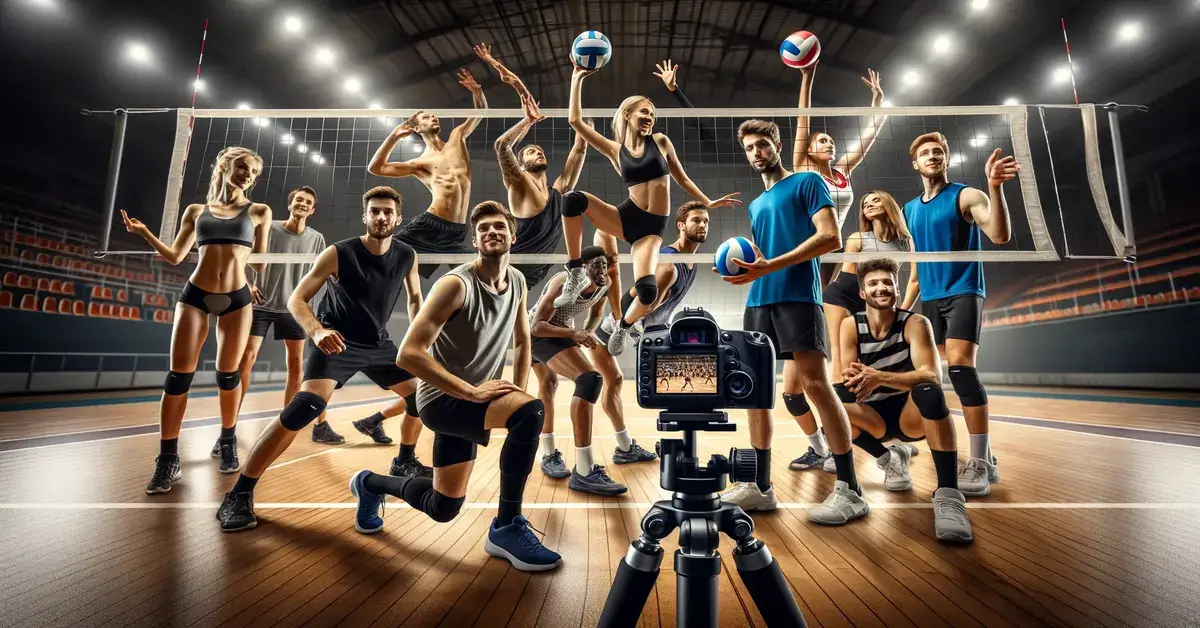

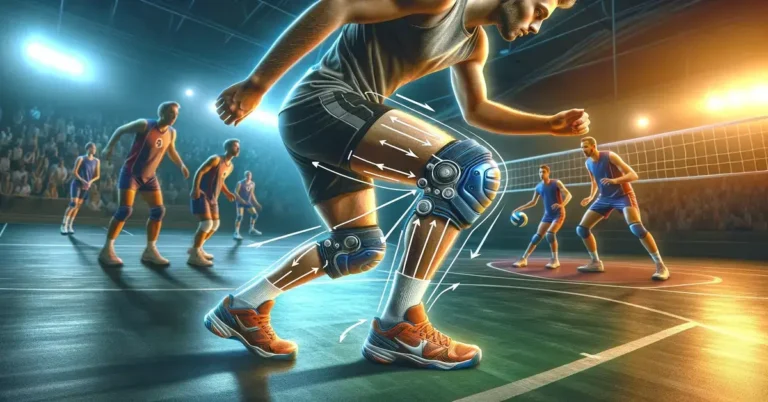
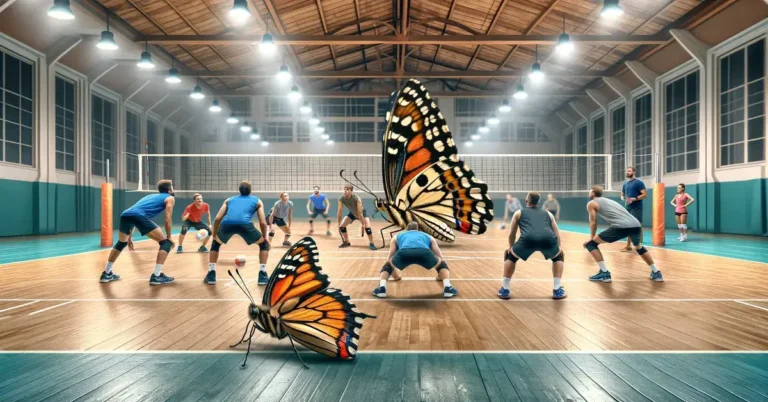
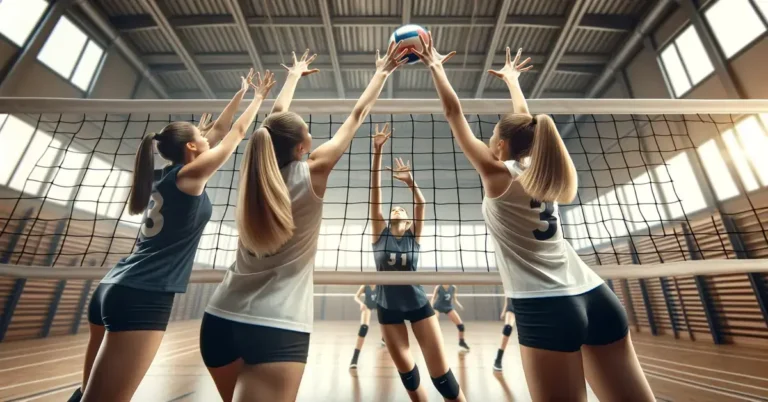
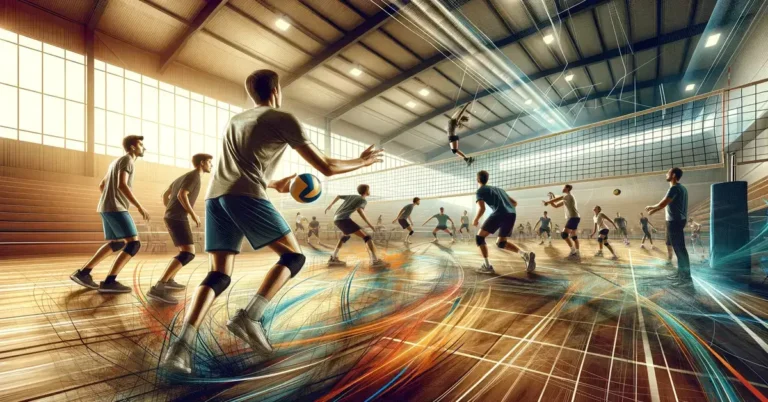
Hey people!!!!!
Good mood and good luck to everyone!!!!!